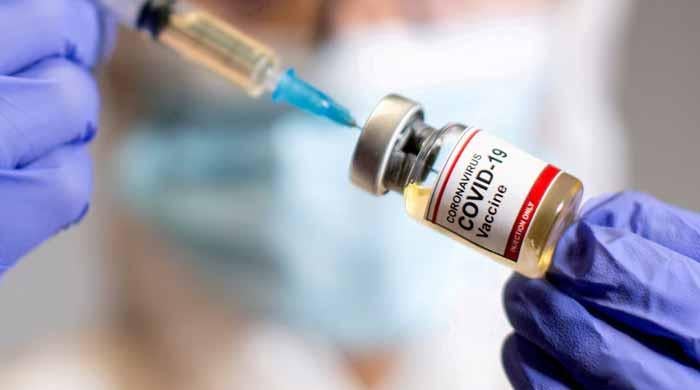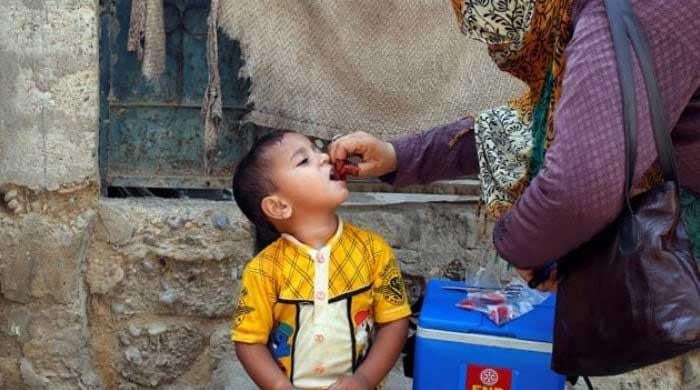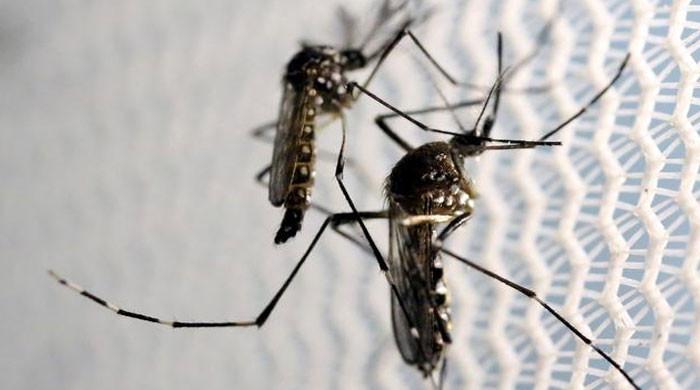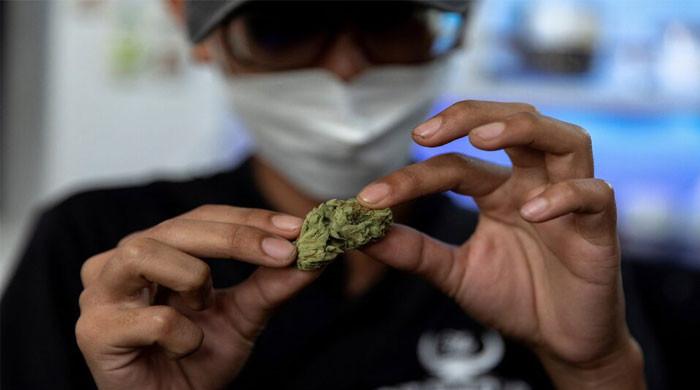Hopes for dying patients awaiting heart donation get new lease on life
A new study has found that hearts from DCD donors work just as well as those from brain-dead donors
June 15, 2023
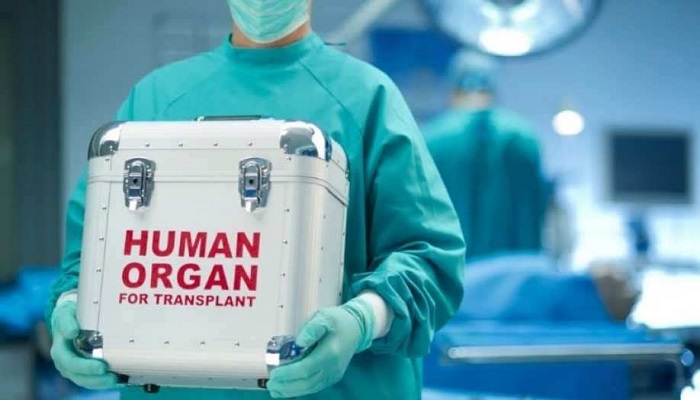
Breathing new life into the fleeting hopes of dying patients awaiting organ transplants to get a new lease on lives, researchers have found a new pool of donors, which will increase the chances of saving more lives than before.
Earlier, it was believed that only people declared brain-dead but whose hearts and other organs have continued to function were considered suitable organ donors, while people whose hearts have stopped beating, resulting in circulatory death, were not favoured.
Donation after circulatory death (DCD) has become somewhat common in the US for organs like kidneys, but American transplant teams have been more reluctant to accept hearts that have stopped beating due to fear of damaging the organ and affecting its longevity.
However, a new study has found that hearts from DCD donors work just as well as those from brain-dead donors.
Bringing a beating heart back to life
In the first clinical trial of a new technique, researchers randomly chose 180 patients with failing hearts to receive either a reanimated donor organ or a heart from a donor after brain death.
After six months, they found that patients who received reanimated hearts after circulatory death were just as likely to be alive as those whose new hearts came from people who were declared brain-dead.
Additionally, the team was able to use 90% of the hearts that came from donors who’d had circulatory deaths, meaning few were wasted.
The researchers say that if more transplant centres adopt the new method, it could increase the number of hearts available for transplant in the US by as much as 30%.
Another chance at life
A heart donated after circulatory death saved the life of Jason Banner, a 45-year-old from Fayetteville, Georgia, who became a single dad to his 5-year-old daughter and a 9-year-old son after his wife died in 2019.
Banner was born with a genetic condition that caused his heart to start failing when he was in his late 30s.
A surgery performed in 2015 to replace two of his heart’s valves bought him some time, but by December 2021, his condition was going downhill fast. Doctors in Atlanta put him on medication to try to extend the life of his heart and evaluated him for the transplant list.
His doctors also encouraged him to enroll in the clinical trial at Duke that was testing the new transplant option. With time running out, the study felt like a lifeline.
On June 15, at 5:58 in the morning, the phone rang, and they said they found a heart.
The doctors explained that it would come from a donor whose heart had briefly stopped beating. Banner received the heart, and he says that he will take anything to be there for his children.
Donor-pool expansion
It's important to expand the donor pool to help more people in need of organ transplants. Since 2019, when donations after circulatory death began being studied for heart and heart-lung transplants in the US, the number of cases has steadily increased, but it still represents only about 8% of the total heart and heart-lung transplants performed in 2022.
The trend is expected to continue, especially with the availability of outcomes data.
Transforming donation of organs
The study showed that there were some differences between the participant groups.
People who received reanimated hearts were more likely to experience severe graft dysfunction, but this complication appeared to be manageable and did not affect overall survival.
The study was not blinded, which created an imbalance in the study.
The sickest patients were more likely to get hearts donated from people after brain death, while more stable candidates were more often selected to receive reanimated hearts.
More research is needed to assess the use patterns and the effect of the expansion of the donor pool as the number of organs transplanted from circulatory-death donors increases.





